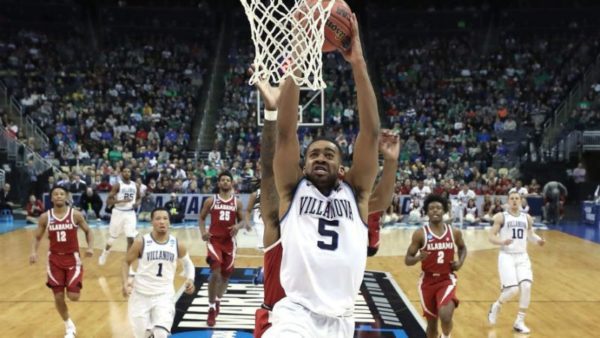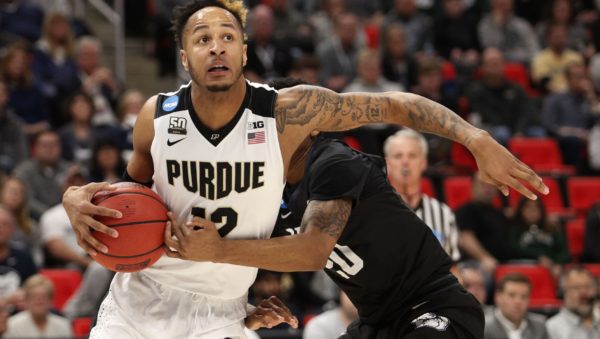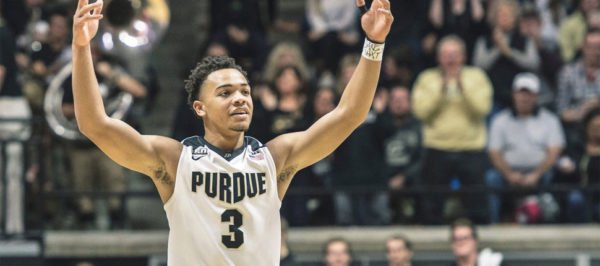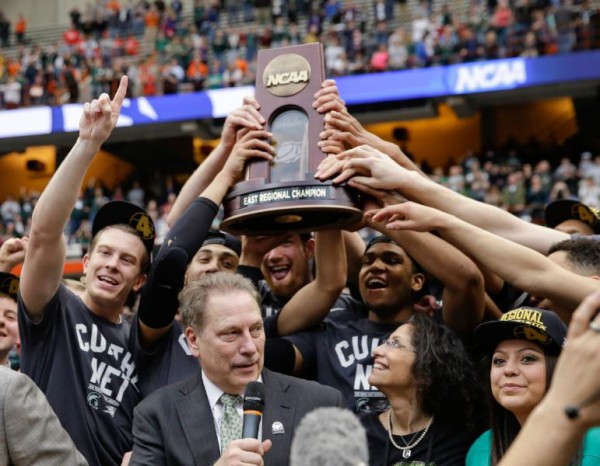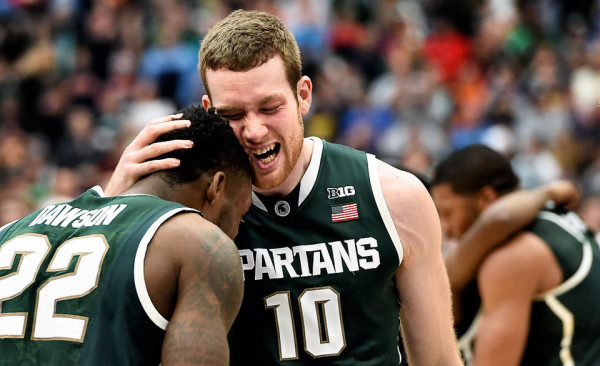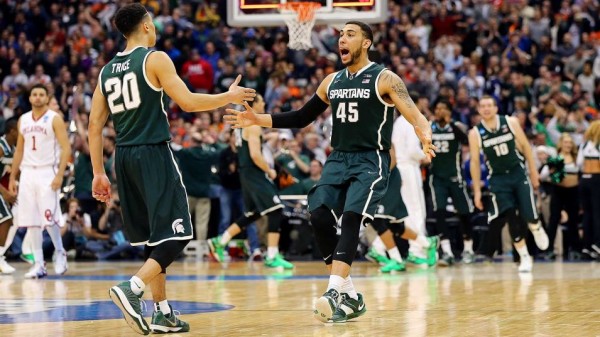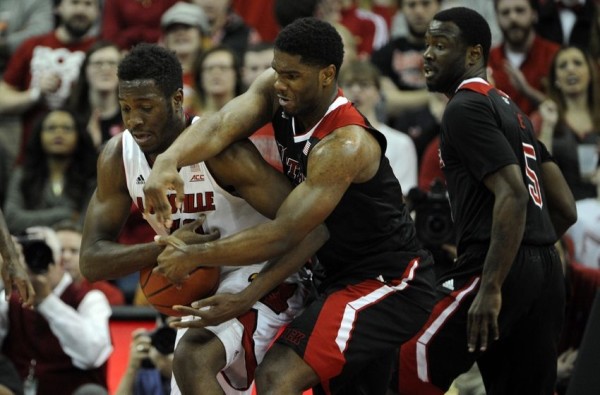Final Four Fact Sheet: Villanova Wildcats
Posted by Tommy Lemoine on March 27th, 2018Now that the Final Four is set, our writers have put together a fact sheet on each of the four teams still remaining. Next up is #1 Villanova from the East Region.
How Villanova Got Here
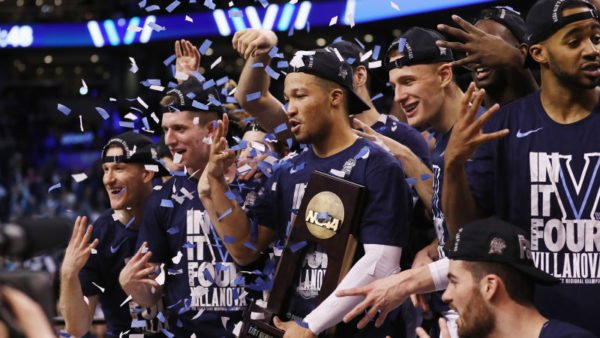
Villanova is headed back in the Final Four. (Maddie Meyer/Getty Images)
East Region Champions. In a March defined by massive upsets, close games, and wild finishes, Villanova cruised to San Antonio without too much trouble. On opening weekend, the Wildcats beat #16 Radford by 27 points before hammering #9 Alabama, 81-58, two days later. In its Sweet Sixteen tilt with West Virginia, Jay Wright’s group used a 22-6 second half run to overcome a two-possession deficit and beat the Mountaineers by 12 points. On Sunday, Villanova put forth one of its best defensive efforts of the season, limiting Texas Tech to 0.89 points per possession in another 12-point win. The Wildcats now head to their second Final Four in three seasons, this time as the odds-on favorites to win it all.
The Coach
Jay Wright. The sharply dressed 56-year-old is working his way on to the Mount Rushmore of active head basketball coaches, and its hard to argue otherwise. Wright became the winningest coach in school history earlier this month and is currently in the midst of his fourth-straight 30-win season, which gives him as many such campaigns (five) as Syracuse’s Jim Boehiem and one more than Michigan State’s Tom Izzo (four). In fact, he has gone a remarkable 163-21 over the past five seasons, never once losing more than five games during that span. Now with three Final Four appearances under his belt, Wright is tied with Kansas’ Bill Self and Mississippi State’s Ben Howland for sixth-most among active coaches, and has a chance to join Duke’s Mike Krzyzewski and North Carolina’s Roy Williams as the only active head coaches with multiple National Championships.
Style
Villanova runs a four-out, one-in motion offense that relies on floor spacing, crisp ball movement, dribble-penetration and great perimeter shooting. The Wildcats, in fact, take 47.1 percent of their shots from behind the arc, which is substantially more than even the three-point reliant Jayhawks (41.4%) or Wolverines (43.1%). And there’s nothing excessive about it. Since every player on the floor is capable of penetrating, all it takes is one help defender to free up an open man somewhere on the court. And considering how well Villanova moves the ball — perhaps no team makes the “extra pass” as often as the Wildcats — that open man often finds the ball in his hands. The result is college basketball’s most efficient offense since 2015. Defensively, Villanova mixes defenses, sometimes running a zone press that’s proved effective throughout Wright’s career. The Wildcats also guard the perimeter aggressively, one reason they rank 29th nationally in three-point defense (32.2% 3FG).





























